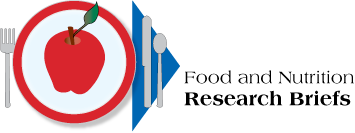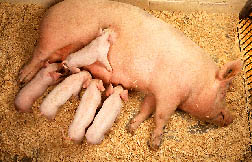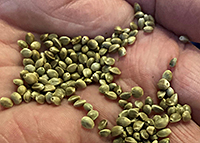
| July 2023 |
Eat Your Veggies: The Right Amount Can Improve Mental Health and HappinessWhen healthy adults consume the daily amount of vegetable servings recommended by the Dietary Guidelines for Americans, it has a positive effect on how happy the person feels, according to a study by Agricultural Research Service (ARS) scientists. At the ARS Grand Forks (ND) Human Nutrition Research Center, an eight-week study evaluated the impact of increasing daily vegetable servings to match DGA recommendations on how happy one perceives themself to be, a key measurement of psychological well-being. Healthy men and women between 18 and 65 years old were divided into two groups, with one group receiving daily servings of DGA-recommended number and variety of vegetables, including dark green, red, and orange, and starchy vegetables, based on their energy needs during the course of the study. The vegetable servings were minimally processed (raw and diced). Increases in Subjective Happiness Scale (SHS) scores were seen in participants from the group that followed the DGA recommendations for vegetable intake, while SHS scores stayed the same for the control group, who didn't change their diet. |
|
Sorghum Bran Rises as an Ingredient for Enhancing Gluten-Free BreadSorghum bran, often a low-cost byproduct of sorghum milling, can enhance gluten-free bread's nutritional value without compromising its flavor or other characteristics, according to an ARS study published in the Journal of Food Science. Taste tests found people liked the gluten-free bread that contained 14.2 percent sumac sorghum bran and would be just as willing to buy such bread. There was no difference in perceived bitterness found between the bread with and without the sorghum bran. |
|





